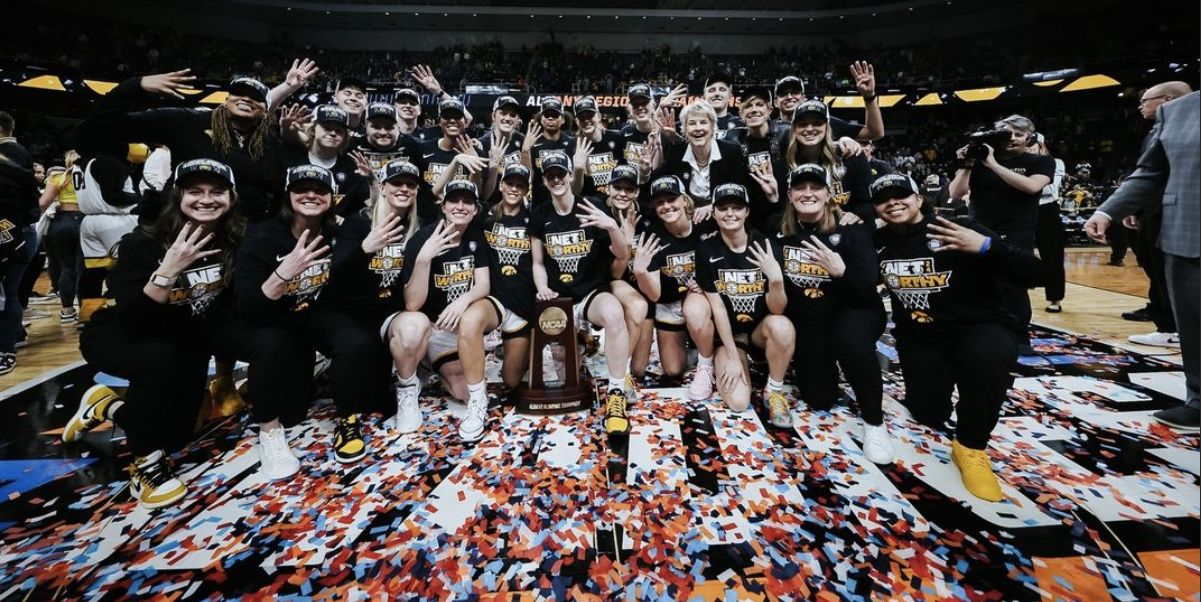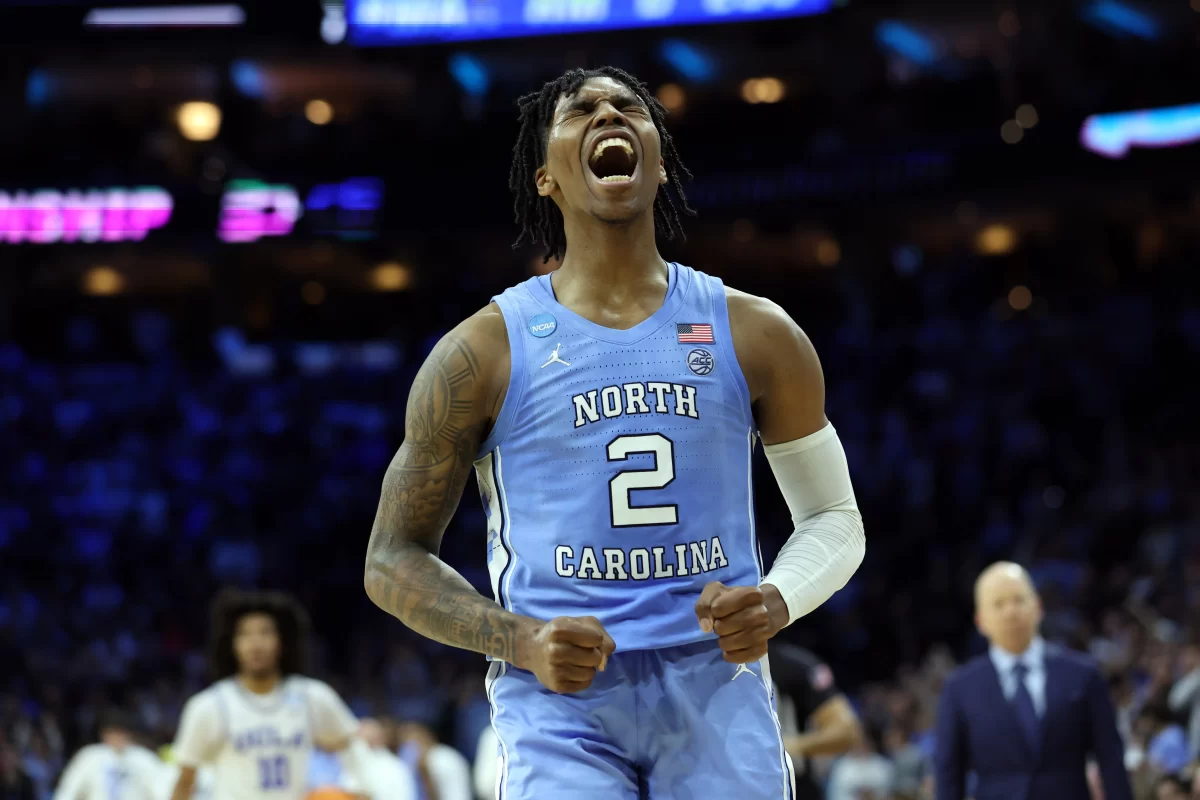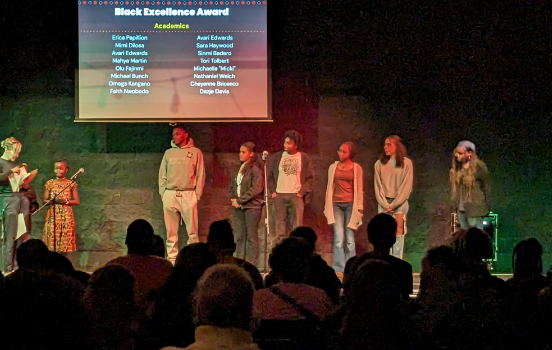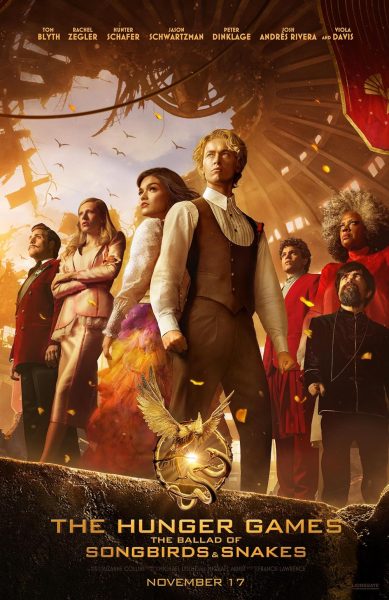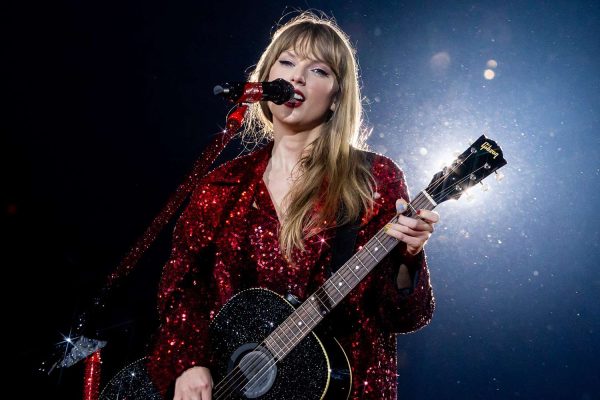Who Put the Turkey in Turkey Day?
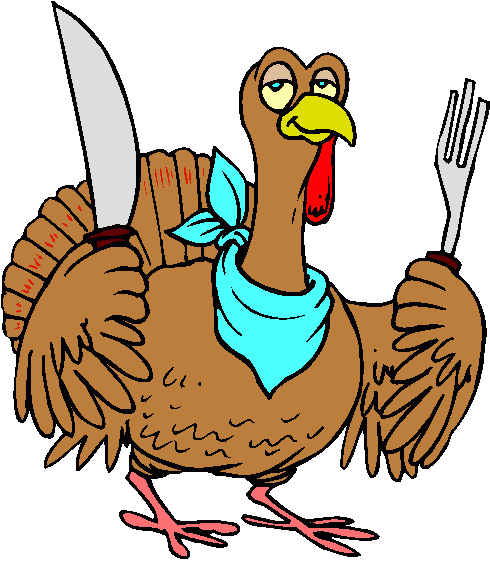
October 23, 2017
It’s 1621, and you’re seated with the Pilgrims at the inaugural Thanksgiving Day Feast. You scan that table; there are mainly various fowl and deer on the menu. Alexander Hamilton once voiced, “No citizen of the U.S. shall refrain from turkey on Thanksgiving Day.” Where is the turkey? How did turkey become a Thanksgiving icon?
Turkeys are sizeable birds and do not lay eggs that humans regularly consume. Most turkeys are born in the springtime and grow to nearly ten pounds when it comes time for their place on dining room tables in November. They are voluminous enough to feed a large family, and there are few benefits to keeping them alive for any other human resource (as is done for cows and hens). Turkeys are cheaper than both chickens and geese, so when America reached a consensus on its holiday bird, cost surely proved favorable to the turkey’s cause. Turkeys were also common enough to be practical during the infancy of the US, but they weren’t too common to be considered a plain holiday meal.
Turkey lovers may have a certain Victorian novelist to thank for the popularization of their beloved bird. In Charles Dickens’s 1843 novel, A Christmas Carol, Ebenezer Scrooge sends an enormous turkey to Bob Cratchit’s house on Christmas Day. As Dickens was tremendously popular in the U.S, this boosted the recognition of turkey as America’s holiday food choice.
When you sit down to enjoy Thanksgiving food and festivities in a few weeks, the origin of turkeys appearing on American dining room tables during this season will probably not be your focus. That being said, keep in the back of your mind that the turkey you’re eating has its place due to its northeastern prevalence, cost-effectiveness, and cultural connections.



